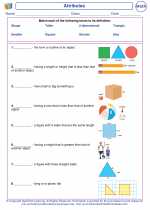Attributes -> colors
Colors
Colors are all around us and are an important part of our everyday lives. They can be described in terms of their hue, value, and intensity. Understanding colors is essential in art, design, and even science. In the first-grade curriculum, students usually learn to identify and name basic colors, understand color mixing, and compare and categorize objects based on their colors.
Identifying Basic Colors
In first grade, students learn to identify and name basic colors such as red, blue, yellow, green, orange, and purple. They also learn to recognize and name common objects or items that are associated with these colors.
Color Mixing
First graders might be introduced to the concept of color mixing, where they learn that by combining certain colors, new colors can be created. For example, mixing red and yellow creates orange, while mixing blue and yellow creates green. This can be taught through interactive activities and experiments using paint or colored objects.
Comparing and Categorizing Objects by Color
Students are also taught to compare and categorize objects based on their colors. They learn to sort objects into groups based on their color similarities and differences. This helps develop their understanding of how colors can be used to organize and describe the world around them.
Understanding colors is a foundational skill that can be applied across various subjects and activities, making it an essential topic for first-grade students to learn.
.◂Math Worksheets and Study Guides First Grade. Attributes
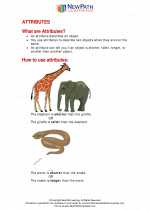
 Worksheet/Answer key
Worksheet/Answer key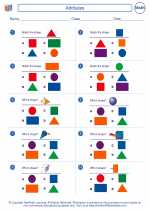
 Worksheet/Answer key
Worksheet/Answer key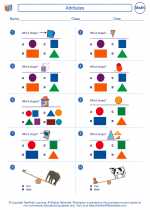
 Worksheet/Answer key
Worksheet/Answer key
 Worksheet/Answer key
Worksheet/Answer key
 Worksheet/Answer key
Worksheet/Answer key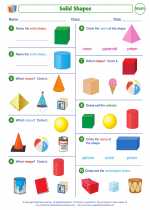
 Worksheet/Answer key
Worksheet/Answer key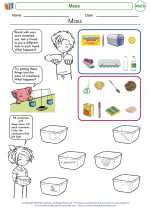
 Worksheet/Answer key
Worksheet/Answer key
 Worksheet/Answer key
Worksheet/Answer key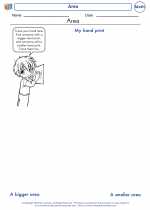
 Worksheet/Answer key
Worksheet/Answer key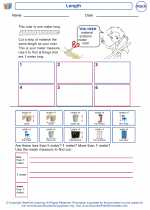
 Worksheet/Answer key
Worksheet/Answer key
 Worksheet/Answer key
Worksheet/Answer key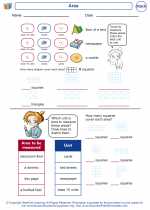
 Worksheet/Answer key
Worksheet/Answer key
 Worksheet/Answer key
Worksheet/Answer key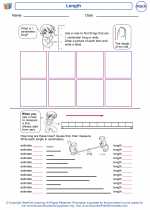
 Worksheet/Answer key
Worksheet/Answer key
 Worksheet/Answer key
Worksheet/Answer key
 Worksheet/Answer key
Worksheet/Answer key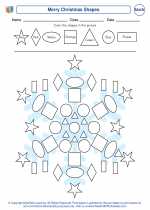
 Worksheet/Answer key
Worksheet/Answer key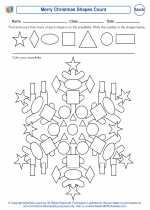
 Worksheet/Answer key
Worksheet/Answer key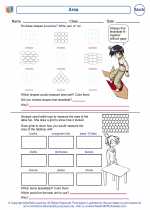
 Worksheet/Answer key
Worksheet/Answer key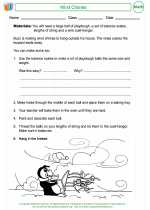
 Vocabulary/Answer key
Vocabulary/Answer key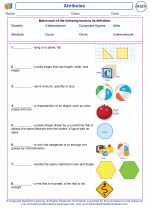
 Vocabulary/Answer key
Vocabulary/Answer key
 Vocabulary/Answer key
Vocabulary/Answer key